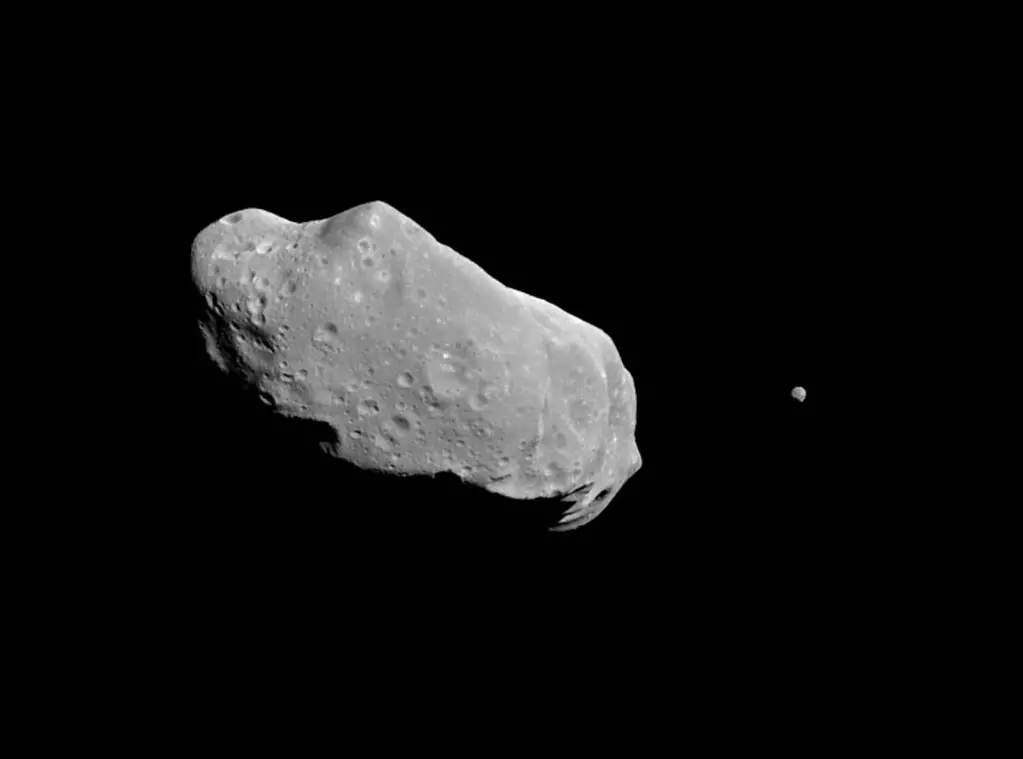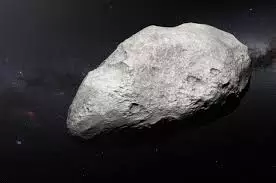
Despite passing Earth safely this evening, a huge asteroid could collide with our planet in 2068, according to experts.
The space rock, which is called Apophis - after the Egyptian God of Chaos - is reported to be 1,115 foot (340 metres) wide and will make its closest approach at around 1.15am tomorrow (6 March).
Even at its closest, the asteroid will still be around 9.9 million miles (or 16 million kilometres) away as it passes in the early hours.

For anyone still worrying about the chance of collision - it will fly past at around 43 times the distance from our planet to the moon... we think you'll agree that this isn't quite Armageddon territory just yet, thankfully.
Advert
With that, it's probably best to leave the panicking until 2068. It has been suggested that if Apophis was to collide in 47 years' time, the impact would be equivalent to 880 million tons of trinitrotoluene (TNT) exploding all at once.
The overnight passing of the asteroid will give scientists a bit more information to play with when it comes to predicting its movements in the future, though.
Planetary defence expert Vishnu Reddy told Space: "The goal is to basically wrangle all the scientists from around the world, kind of the coalition of the willing.
"Then we go on this months-long campaign, trying to observe this object.

Back in 2009, Marina Brozović of NASA JPL told MailOnline: "The Apophis close approach in 2029 will be an incredible opportunity for science.
Advert
"We'll observe the asteroid with both optical and radar telescopes.
"With radar observations, we might be able to see surface details that are only a few metres in size."
Scientists initially feared it would strike Earth that year thanks to initial calculations, but NASA has fortunately since ruled out the possibility of a '2029 impact'.
The 'near-Earth' asteroid was first discovered in 2004 by astronomers Roy Tucker, David Tholen and Fabrizio Bernardi at the Kitt Peak National Observatory in Tucson, Arizona.
Advert
It's about the size of three-and-a-half football fields, and has been classified as a 'Potentially Hazardous Asteroid' by the International Astronomical Union's Minor Planet Centre.
Experts at NASA's Goldstone Deep Space Communications Complex in California have been observing the asteroid since 3 March, and will continue watching until 14 March.
Featured Image Credit: Pixabay